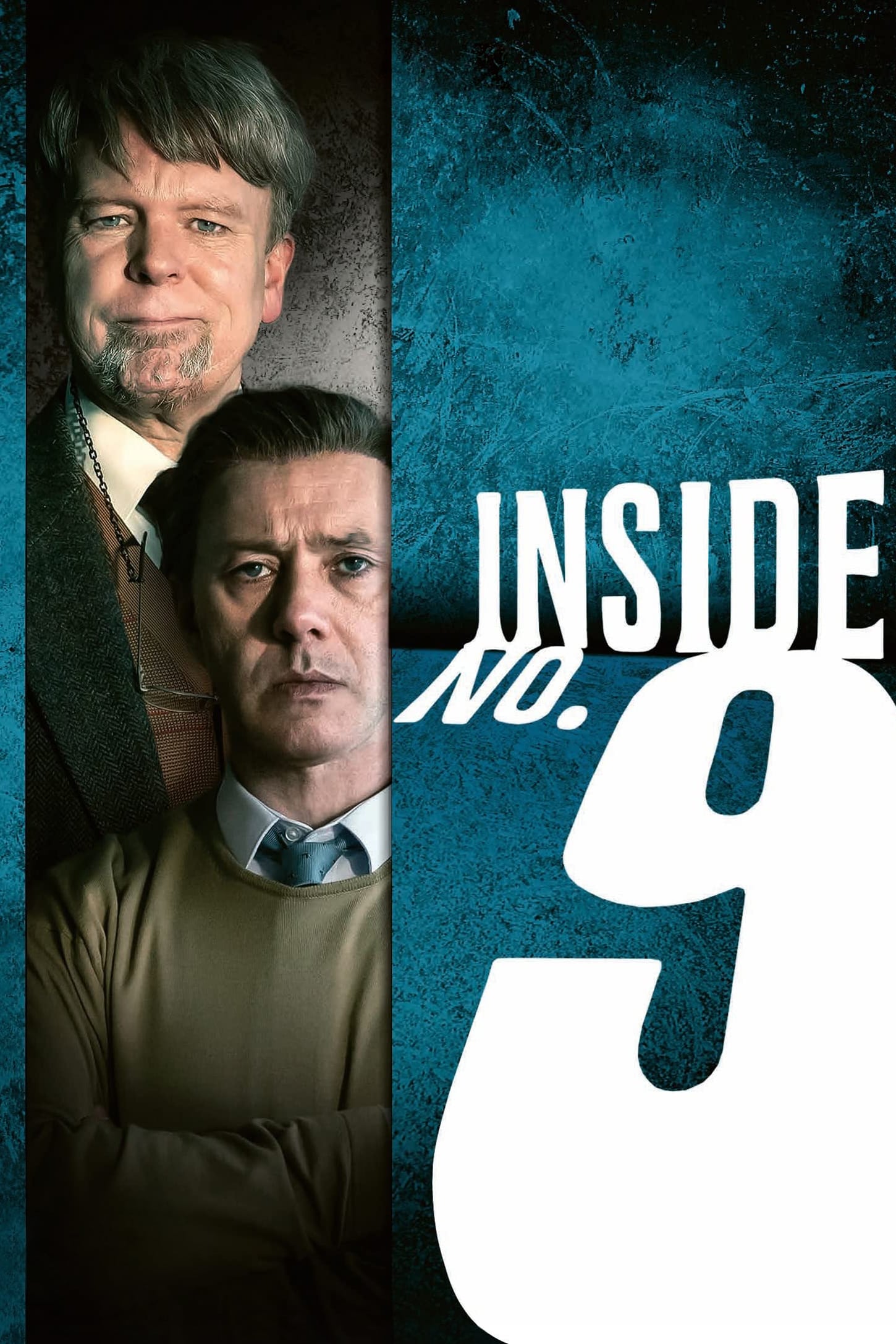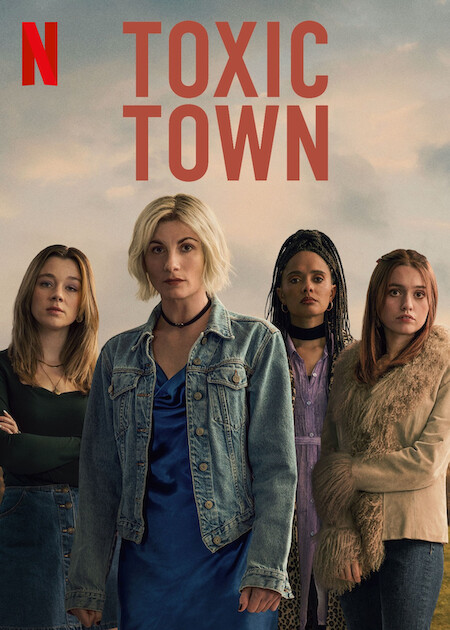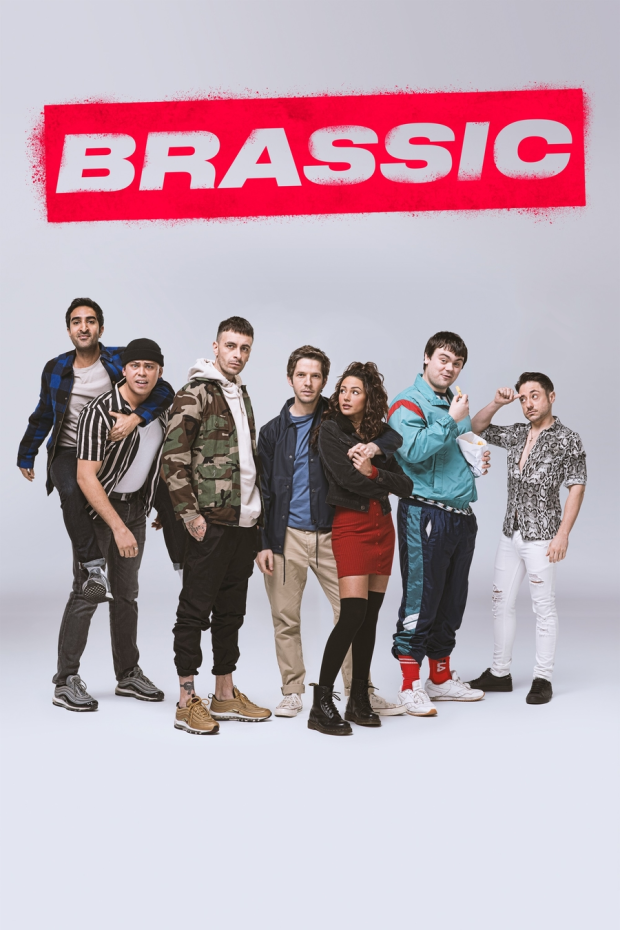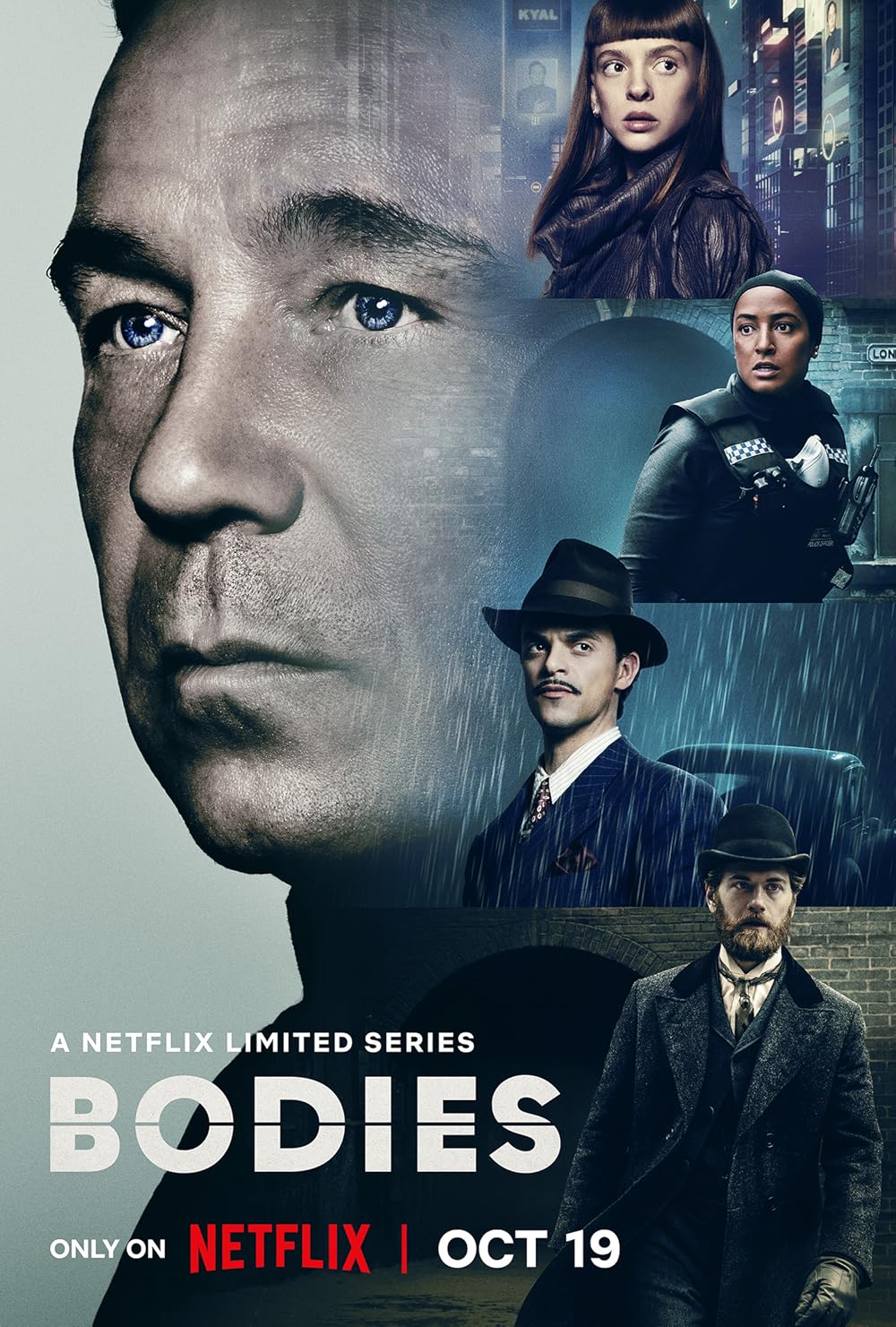Adult Supporting Artists
Whether you’re looking to try something new or already have experience as a Supporting Artist, we offer exciting opportunities for adults to work in TV and film. You don’t need formal acting experience – just a positive attitude and flexibility.
Our supporting artists have worked on:










Life as a Supporting Artist
Being a Supporting Artist requires flexibility. The TV and film industry moves quickly, so the ability to adapt is essential. While this role can be exciting, it may not be suitable if you have a rigid 9-to-5 schedule. You need to be ready for changes, long waits on set, and quick production shifts.
Booking Process
1. Availability Checks
You’ll receive an availability check via email, outlining the job dates, location, pay rate, and any special requirements. Review these details carefully before confirming your availability. If you’re unavailable, you can disregard the email unless it’s specifically addressed to you.
2. Penciling
Once you confirm your availability, you’ll be “penciled” in for the job. This means you need to keep the specified dates free. If your availability changes, it’s crucial to notify our SA Booker immediately so they can inform the production.
3. Booking Confirmation
If selected for the job, you’ll receive a booking confirmation via email. The evening before filming, you’ll receive a call time with the exact details of when and where you need to be on set.
Our Top Tips for Supporting Artists
- Be Reliable:
Reliability can lead to more work. Continuity SAs (those brought back for multiple days) are often chosen because they’ve proven dependable.
- Stay Professional:
Being positive and professional on set can leave a great impression on Assistant Directors and crew members.
- Patience is Key:
There may be days with a lot of waiting around before you’re called onto set. Be patient and ready to go when needed.
- Kindness Matters:
Building good relationships with fellow SAs and the crew goes a long way. Treat everyone with respect and professionalism.
Ready to Join?
If you have read all the details on this page carefully and are interested in joining our books as an Adult Supporting Artists, please fill out the form below!
Click Here to Apply for Representation
"*" indicates required fields
Useful information for Supporting Artists
Call Time + Wrap Time
Your call time will be sent to you the day before you’re expected on set. In most cases, the call time isn’t determined until the day before, when the filming crew wraps for the day. You must arrive on time at your call time, and never any later as this can cause delays to filming. It is expected that all Supporting Artists will arrive at least 10 minutes early to their call time to ensure they are on time. Your wrap time is never provided as this can change during the filming day depending on the production needs. All artists should be prepared to be on-set for an entire day; you are not able to leave before being officially wrapped by production.
Continuity
Ensuring that elements such as props, clothing, hair and importantly – your actions, remain the same during each take of a scene. In the editing room, different takes of a scene will be pieced together to make a harmonious edit – therefore it is important that you are repeating your exact action every time you film a take during a scene.
Who To Talk To - Who Not To Talk To
A film set can be very busy at times, and it is important you are always aware of your surroundings. It may be difficult to distinguish between crew members and Executive Producers, so make sure you are always polite and kind to everyone you interact with. Crew usually will have a walkie-talkie and headset attached to their person – so if you are unsure who to approach these people are usually able to help or point you towards someone who can. The Assistant Directors (ADs) are your key contact for your day on set, and who you should approach if you have any questions. The Runners + Crowd AD’s will greet you into holding, and keep you informed during the day. While on set, the third AD will direct you in your actions. It is important to listen carefully as there may be specific cues to start or end your action. Please refrain from speaking to the cast unless they initiate conversation, as actors are often focused on their dialogue and actions during scenes. Some may prefer minimal interaction to remain in character, so kindly be respectful of this.
Red Light
If you are filming at a studio – there are different rooms where the set may be. These are called “stages” and often have large numbers on the outside. Usually above the entrance – or somewhere close by – there will be a red light. If this light is OFF, it means that production is not currently rolling the camera. If the red light is ON – please wait quietly and patiently outside the door until the light is off. Going through the door while the light is ON can cause noise and light that can disrupt the scene, making the take unusable and could sometimes be a reason for you to be asked to leave by production.
Holding + Set
While the crew works to set up the scene, Supporting Artists are usually asked to wait in the SA Holding Area. This is where you will be until you are invited on to the set. Holding is where you will keep your belongings (water, cell phone, personal bag) while you are on set. If you are in holding and you need to leave for whatever reason (to make a phone call, use the bathroom) it is most important that you tell an Assistant Director so they can make note of your whereabouts. If you do not let a crew member know and then you are invited on to set, this can cause a delay for filming as the AD’s will have to then look around for you. Please kindly always let someone know where you are going so this can be avoided.
Set Calls
While on set, you will hear multiple different callouts. The most known are ROLLING / TURNING and CUT. This means the camera has started to record, and cut when the camera stops. It is important to not break character until you hear the Director call CUT, even if the dialogue in the scene is over as this could be an important take that the Director wants to extend as long as possible. After the call of ROLLING / TURNING – you will often hear the Assistant Director call out BACKGROUND – this means you must begin your action. ACTION usually only refers to the main cast.
Cues and Beats
Your cues and beats is the timing of when your action may take place. Depending on the scene you are filming, there may be certain beats in the dialogue where you must perform your action. This is often directed by the Assistant Director and explained to you when you are given your action brief. Please always pay attention, listen carefully and be alert for your given cue.
Props + Costume
As a Supporting Artist, you’ll often work directly with the Props Department, as they provide you with your action prop. These props are carefully selected to enhance the storytelling and create a realistic atmosphere for the audience. Most props are rental items and must be handled with care. Never bring a prop back to holding unless instructed to do so, and always return it to the person who gave it to you after the scene is over. Props can range from very large to very small, so please ensure that you use them appropriately, keeping the action realistic and believable. Similar to the Props Department, you’ll work closely with the Costumes Department to ensure you look the part. Once in costume, please only drink water to avoid spills and stains. Be mindful of your movements to prevent any rips or tears in the costume. If any damage does occur while you’re wearing it, promptly inform a member of the Costumes Department so they can assist with the necessary repairs. Much like the props, costume pieces are often rented and therefore must be treated with care. If you are requested to provide your own costume pieces – please be cautious of the costume brief and bring with you multiple options the Costumes Department can choose from on the day.
Prop Food + Drink
If you find yourself in a pub or cafe scene, it is common that you will be provided a drink or food to act with! It is important that whatever you are handed that you mime your action to prevent the crew having to replace your item, making it difficult to maintain continuity. Some scenes can take a whole day to complete, and so if you are miming your drinking action it will save you from continuously having your mug filled. Please feel free to ask the crew member that provides you your prop if they would like you to mime with it as sometimes they would like to see you take a bite on camera. If you have an allergy or intolerance, please make this known to the crew member so they can assist with your needs.
Hair + Makeup
At times, you may need to be processed by the Hair and Makeup (HMU) team upon arrival at base camp. Once they’ve completed your look, please refrain from adding any additional touches, as they have designed your appearance to align with the production’s needs. There are often discussions and decisions regarding HMU that don’t involve you, and continuity must be maintained. Any personal adjustments you make could cause unnecessary delays, as the team will need to correct them.
Location + Set Pieces
Oftentimes you will find yourself shooting on location – meaning you are not in the studio. Filming on location can have its benefits such as beautiful scenery or an interior that cannot be replicated in the studio. Being mindful of your surroundings can help ensure a smooth day as some locations are considered Heritage sites and require a lot of preparation in order to film there. Please never leave your rubbish anywhere other than a bin, and do not bring any personal items with you to set as this risks something getting lost. Set pieces are often created to help enhance a location – so please do not sit or stand on anything unless told to do so. Set pieces such as chairs, beds, couches must not be sat on unless you are directed by the Assistant Director to sit. These items are easily disguised as your common everyday objects but if it is on set you are best to assume that it is dressed in accordance with the scene and should not be touched.
Mics
Working on set can be exciting, but it’s important to stay aware of those around you. An actor may have their mark near you, and they could be wearing a microphone that records their dialogue. Always maintain professionalism, as these mics don’t turn off like cameras do and are often monitored continuously by key crew members, such as the Producer or Director. Mics are often also disguised and planted around a set to pick up different sounds – so always be on your best behaviour to avoid any embarrassing or unprofessional moments.
Positive Attitude!
The best thing you can bring to a day of work as a Supporting Artist is a positive attitude. While the hours can be long and tiring, they also come with great rewards. Maintaining the right mindset not only enhances your own experience but also contributes to the enjoyment of those around you. Being kind and considerate helps create a pleasant atmosphere, especially as you’ll meet new people and reconnect with familiar faces. Working together to achieve a successful day of filming is key to a successful production.
Things To Bring
Working as a Supporting Artist can consist of a lot of down time. You may be requested to spend most of your time in SA Holding – leading to a long day of waiting. Having the right things with you can keep yourself prepared and entertained. Please see below a list of handy items to have with you:
- Portable Charger. Most locations do not have electric plugs, or may need a member of crew to approve electrical usage. Having a portable charger can keep any battery charged without the hassle of having to find a location for electricity.
- Small Carry-on Luggage. This can be used to transport your costume options and keep everything neatly organized.
- Book. Having an activity such as a book keeps you busy while you are in holding. Some locations have poor cellular signal so a book is a good way to stay entertained.
- Note Book + Black Pen. Having a note book can help you write down any important information that may come up during the day.
- Extra Socks
- Extra Thermals
- Warm Jacket – It should never be assumed that holding is indoors. Sometimes, SA Holding is a tent that is outside – so having a warm jacket you can wear over your costume will keep you comfortable.
- Reusable Water Bottle
- Extra Snacks – Please keep in mind allergies, refrain from bringing in nuts + peanuts. Having your own extra snacks can keep you fed during the day in case what Production provides isn’t something you would like to eat.
- Handheld Portable Fan – Sometimes during the summer months it may be very hot. Having a handheld fan can keep you cool.
- Headphones. Though not highly recommended – if you do wish to watch something while in holding, please always wear headphones as sometimes the filming set is next to SA Holding and any access noise can cause an issue.
- Small Umbrella – This can help keep the sun off of you if you are filming an exterior location. It can also help keep you dry if you are outdoors while it is raining.
Breakfast + Lunch
If you are with a production for a day of filming, you will be provided lunch unless specified otherwise. Please let Articulate be aware of any severe intolerance or allergies prior to your day on set so we can make production aware. It is always wise to bring your own food as well in case the provided lunch is not something you would like to eat. Please note – access to a fridge and microwave is usually not available. Arrive on your day of filming having already eaten at home as breakfast is not always guaranteed.
How much will I make?
Your rate may vary depending on the production. Most productions we work with follow the Pact/Equity scale that can be found HERE. If a production is not working to these rates, we will always inform you before you are booked. Your rate will be listed in your availability check email. When you are wrapped for the day – you will sign out with the Assistant Director in the SA Holding area. They will have you sign a sheet of paper that is considered your “Chit”. This will document your payment of the day. It is important that as a Supporting Artist you are aware of additional fees that you are entitled to such as having a hair cut done by a HMU crew member, a broken lunch, or over time payments. These additional fees can be viewed via the link above. Please note that you should never include your bank details on your chit. Articulate also offers a chitless system to productions, so sometimes you may find the chit is emailed to you after you wrap. You have 24 hours to query anything on that chit and that should be raised with your booker, not production.
Are there any fees to pay?
If you are booked on a job, you will pay a 20% commission fee to Articulate. There is no upfront admin or booking fees, and once you have completed your day on set, Articulate will then process your invoicing with production so you do not have to.
